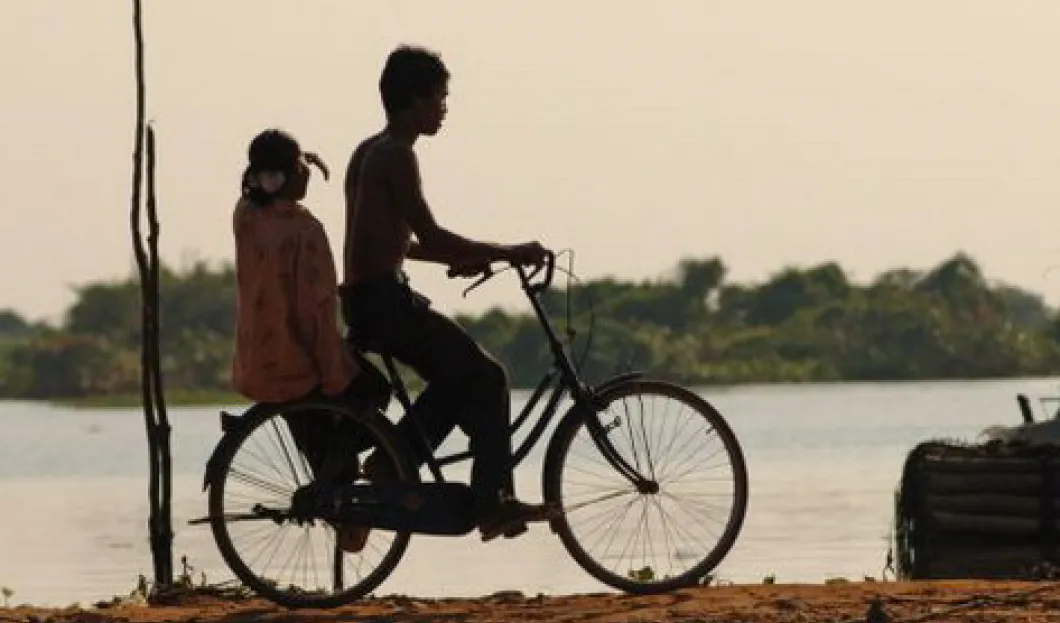
Tourism is big business in Latin America and the Caribbean. In 2003, the region hosted 45 million international tourists, who generated nearly $30 billion – the equivalent of around $56 a year for every person living in the region. So, it is not surprising that many development practitioners see a key role for tourism in regional development. What is striking, though, is the emphasis on community-based tourism (CBT).
Many communities and development practitioners believe that mainstream tourism exacerbates the exclusion of vulnerable groups and commodifies indigenous culture. CBT emerged during the 1970s as part of this critique, and it generally involves collective ownership and management of tourist assets. But enthusiasm for CBT is misplaced for two main reasons. First, CBT rarely relieves poverty and vulnerability. Second, mainstream tourism may have a more beneficial impact than traditionally thought.
Many tourism consultants have worked hard to promote CBT around the world, but has it helped the intended beneficiaries – the most vulnerable groups? Here the evidence varies. With sustained donor funds, committed technical assistance and innovative market linkages, a small number of CBT projects have achieved significant pro-poor benefits. The $2.5 million Nam Ha Ecotourism CBT Project in Lao PDR, for example, generated $474,000 in 2006 for some of the poorest rural people in South East Asia. However, many CBT projects have failed, and a key cause is the lack of financial viability.
A recent Rainforest Alliance / Conservation International survey of 200 CBT projects across the Americas showed that many accommodation providers have only 5% occupancy. The Siecoya CBT project in Ecuador had, despite heavy subsidies from an oil extraction company, only generated $200 for the community fund after nine years of operation. This corroborates evidence from Africa and Asia that the most likely outcome for a CBT initiative is collapse after funding dries up.
So, if CBT is not the answer, what is? We think it is working with mainstream tourism to strengthen links between tourism and local people – often indigenous populations who are located in disadvantaged regions and have vulnerable livelihoods.
The research of Overseas Development Institute (ODI) suggests that from as little as one-tenth to as much as one-quarter of tourist spending reaches the poor through wages, tips, small business sales and locally integrated business. To capture more benefits from tourism for poor communities, the following four steps should be taken.
First, if mainstream tourism is part of the solution, it is important to link poor people to the major tourist flows rather than pursue a quest for "alternative" tourism. Capturing even a small share of mainstream tourist activity can often have larger and more sustainable impacts on poor communities than owning 100% of small and financially fragile CBT projects.
Second, there are diverse ways for the poor to link to mainstream tourism. In vibrant, low-income economies more jobs for poor people are generated by craft stalls, taxis and local food supplies than by hotels and restaurants. In this context, removing barriers to enterprise - paradoxically often in the non-tourist economy - is an effective way of spreading the benefits of tourism to poor communities. In middle-income contexts, supporting poor communities to access direct jobs in the tourist sector is the quickest and most effective way of achieving sustainable benefit flows to poor communities.
Third, development agencies should work to find ways of removing the barriers to market access. This means working with the private sector to understand how the poor currently participate in tourism and how this productive participation can be increased. Fourth, many CBT advocates believe the poor are too weak to influence mainstream tourism and focus participatory efforts at the community level. However, questioning the CBT model does not mean rejecting the voice of the poor. By creating participatory mechanisms and avenues for engaging in mainstream policy processes, the poor can have an even greater say by helping shape their external environment.
The development practitioners who focus on a critique of mainstream tourism may be doing local communities a disservice. Many community-based tourist initiatives are ineffective at reducing poverty at scale, and recent research suggests sizeable and sustainable transfers of benefits from affluent tourists to poor communities are possible - but only if practitioners recognize that it is linkages with, and not protection from, the mainstream industry that benefit poor communities.
(text shortened)
By Jonathan Mitchell and Pam Muckosy (ODI, www.odi.org.uk)








